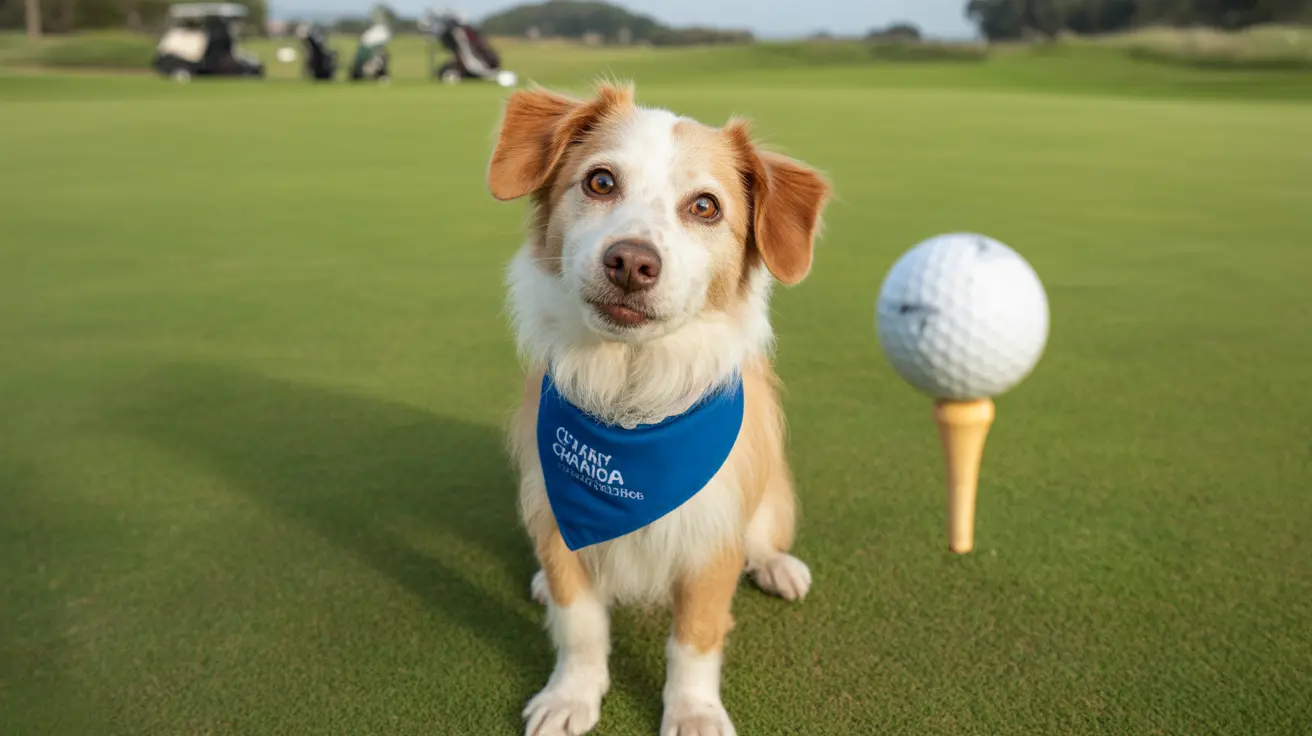Introduction
Understanding essential oils safe for dogs has become increasingly important as these concentrated plant extracts gain popularity in homes across America. While essential oils offer various benefits for humans, their use around dogs requires careful consideration and knowledge. This comprehensive guide will help pet parents understand the risks and safe practices when using essential oils in homes with canine companions.
From proper dilution methods to identifying toxic varieties, we'll explore everything you need to know to protect your furry friend while enjoying the benefits of essential oils in your home.
Understanding Essential Oils and Their Impact on Dogs
Essential oils are highly concentrated plant compounds that can be powerful - and potentially dangerous - for our canine companions. Dogs process these substances differently than humans, making them more sensitive to their effects. Their acute sense of smell also means that what seems pleasant to us might be overwhelming for them.
Dogs can be exposed to essential oils through three main routes: direct skin contact, inhalation from diffusers or sprays, and accidental ingestion. Each type of exposure carries its own risks and potential complications.
Safe Essential Oils for Dogs
While many essential oils pose risks, some are generally considered safer when properly diluted and used under veterinary guidance. These include:
- Lavender (in very small amounts)
- Chamomile
- Frankincense
- Ginger
- Cedarwood
However, even these "safer" oils should only be used after consulting with your veterinarian and must be properly diluted - typically at a ratio of 0.5% to 1% essential oil to carrier oil.
Dangerous Essential Oils to Avoid
Several essential oils are known to be toxic to dogs and should never be used around them:
- Tea tree oil (melaleuca)
- Wintergreen
- Peppermint
- Citrus oils
- Pine
- Ylang ylang
- Cinnamon
- Tea tree
- Sweet birch
Signs of Essential Oil Toxicity
Being able to recognize symptoms of essential oil poisoning is crucial for every dog owner. Watch for:
- Drooling or vomiting
- Difficulty breathing
- Weakness or lethargy
- Muscle tremors
- Redness or burns on skin, gums, or tongue
- Pawing at face or mouth
- Behavioral changes
Safe Usage Guidelines
To safely use essential oils in a home with dogs:
- Always consult your veterinarian first
- Keep oils in secure, dog-proof containers
- Never apply undiluted oils to your dog
- Avoid using diffusers in small, enclosed spaces
- Ensure proper ventilation
- Monitor your dog for adverse reactions
- Keep detailed records of which oils you use
Frequently Asked Questions
Which essential oils are safe to use around dogs and how should they be diluted?
Essential oils considered safer for dogs should be diluted to 0.5-1% concentration with a carrier oil. This means using 1-2 drops of essential oil per tablespoon of carrier oil. Always consult your veterinarian before use.
What are the common symptoms of essential oil poisoning in dogs?
Common symptoms include drooling, vomiting, difficulty breathing, weakness, muscle tremors, skin irritation, and behavioral changes. If you notice any of these signs, contact your veterinarian immediately.
How can I safely use essential oil diffusers in a home with dogs?
Use diffusers in well-ventilated areas, keep them out of your dog's reach, use only pet-safe oils, and always provide an escape route for your dog. Consider using the diffuser for limited time periods and in rooms your dog doesn't frequent.
What should I do if my dog ingests or is exposed to toxic essential oils like tea tree or pennyroyal?
Contact your veterinarian or pet poison control immediately. Don't induce vomiting unless instructed to do so. If the oil is on their skin or fur, wash with mild dish soap and water. Bring the product container to the vet.
Why are some essential oils toxic to dogs even though they are natural products?
Dogs' bodies process substances differently than humans. Their liver cannot metabolize certain compounds found in essential oils, making natural products potentially toxic. Additionally, their heightened sense of smell makes them more sensitive to these concentrated substances.
Conclusion
While essential oils can have their place in our homes, the safety of our canine companions must come first. By understanding the risks, following proper dilution guidelines, and knowing which oils to avoid, you can create a safer environment for your dog while still enjoying the benefits of essential oils.
Remember to always prioritize your pet's well-being and consult with your veterinarian before introducing any essential oils into your home environment. When in doubt, err on the side of caution to protect your furry family member.






